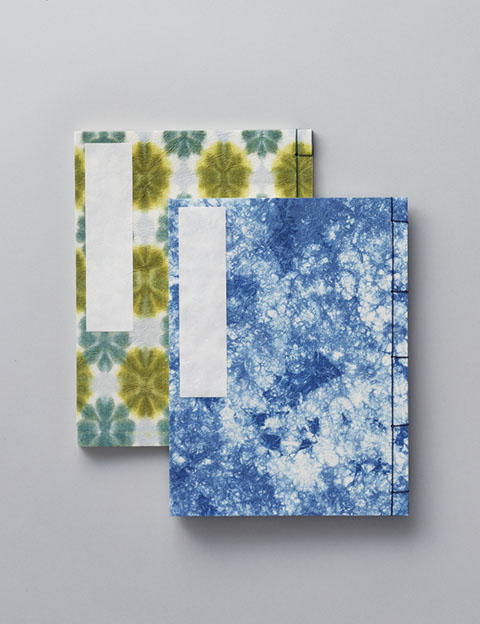AWA Washi (Papers)

The history of Awa washi paper can be traced back 1,300 years. According to a 9th-century document, the Inbe family, who served the Imperial court, grew flax and paper mulberry for the production of cloth and paper, respectively.
The paper-making techniques and traditions of the Inbe family have been handed down from generation to generation ever since.
Awa washi paper is soft, supple and surprisingly strong, and has a delicate texture that can only be achieved with a handmade paper. The paper is dyed using natural colors, including indigo, and ranks among the finest papers used for art, crafts and wrapping.
Feature
Awa washi paper has a supple softness and incredible strength. Its natural color (kinari) is unique to handmade paper and allows for a wide range of naturally-dyed products.
How to make
Fiber is first extracted from carefully selected plants, including paper mulberry, mitsumata and gampi, and then transformed into paper using traditional methods. The most important stage in the process is nagashi-zuki, in which fibers are swirled around by hand on a screen made from bamboo or Japanese nutmeg-yew. Particular skill is required to eliminate uneven fibers and maintain a consistent thickness.

